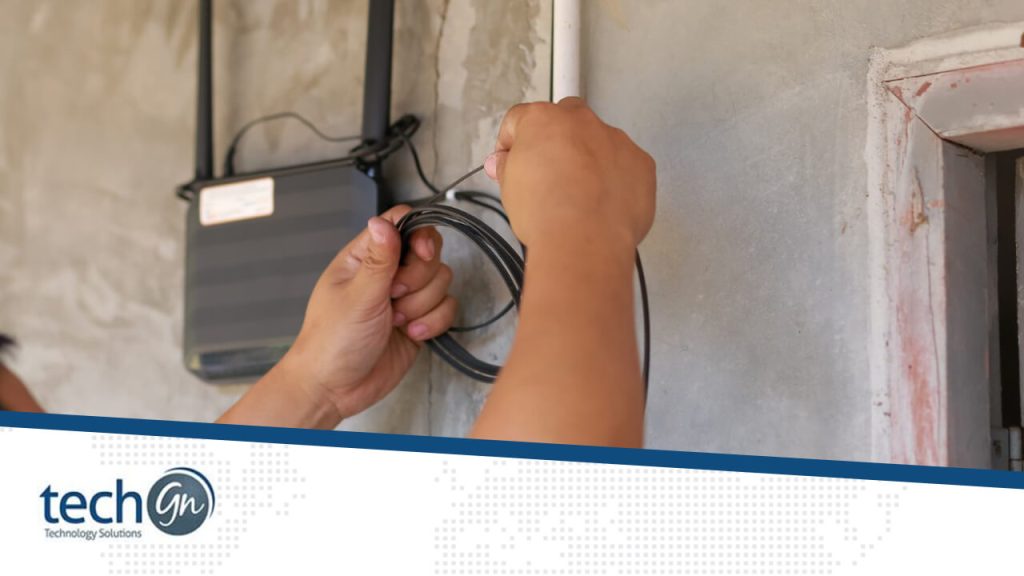In our increasingly connected world, a stable Wi-Fi connection is crucial for smooth internet browsing, streaming, and online communication. However, Wi-Fi issues can be a common frustration for many users. If you find yourself struggling with slow speeds, dropped connections, or other Wi-Fi woes, fear not! In this blog post, we’ll explore five simple tips to help you troubleshoot and fix common Wi-Fi issues.
Tips
Optimize Router Placement
The placement of your Wi-Fi router plays a significant role in signal strength and coverage. Ensure that your router is located in a central area of your home or office, away from obstructions such as walls and electronic devices. Elevating the router to eye level can also help improve signal distribution. Additionally, avoiding interference from other electronic devices like cordless phones and microwave ovens can contribute to a more stable connection.Update Firmware and Drivers
Routers and devices connected to your Wi-Fi network often receive updates to enhance performance and security. Regularly check for firmware updates for your router and update it if necessary. Similarly, ensure that the network drivers on your devices are up to date. Outdated firmware and drivers can lead to compatibility issues and may contribute to connectivity problems.Secure Your Wi-Fi Network
An unsecured Wi-Fi network is not only a security risk but can also lead to performance issues. Set a strong password for your Wi-Fi network to prevent unauthorized access. Use WPA3 encryption if your router supports it, as it provides enhanced security compared to older encryption standards. By securing your network, you not only protect your data but also ensure that your bandwidth is not being used by unauthorized users.Optimize Wi-Fi Channel
Wi-Fi routers operate on different channels, and interference from neighboring networks can impact your connection quality. Use a Wi-Fi analyzer tool to identify the least congested channel in your area and manually set your router to operate on that channel. This can minimize interference and improve the overall performance of your Wi-Fi network.Invest in Quality Hardware
Sometimes, Wi-Fi issues can be attributed to outdated or low-quality hardware. If you’ve tried the above tips and are still facing problems, consider upgrading your router or using additional access points to extend coverage. High-quality routers with advanced features like beamforming and dual-band capabilities can significantly enhance your Wi-Fi experience.Bottom Line
A reliable Wi-Fi connection is essential for today’s digital lifestyle, and resolving common issues doesn’t always require advanced technical knowledge. By following these five simple tips – optimizing router placement, updating firmware and drivers, securing your Wi-Fi network, optimizing Wi-Fi channels, and investing in quality hardware – you can troubleshoot and fix many Wi-Fi issues, ensuring a seamless online experience for all your connected devices.Reviews
Tailoring Solutions


